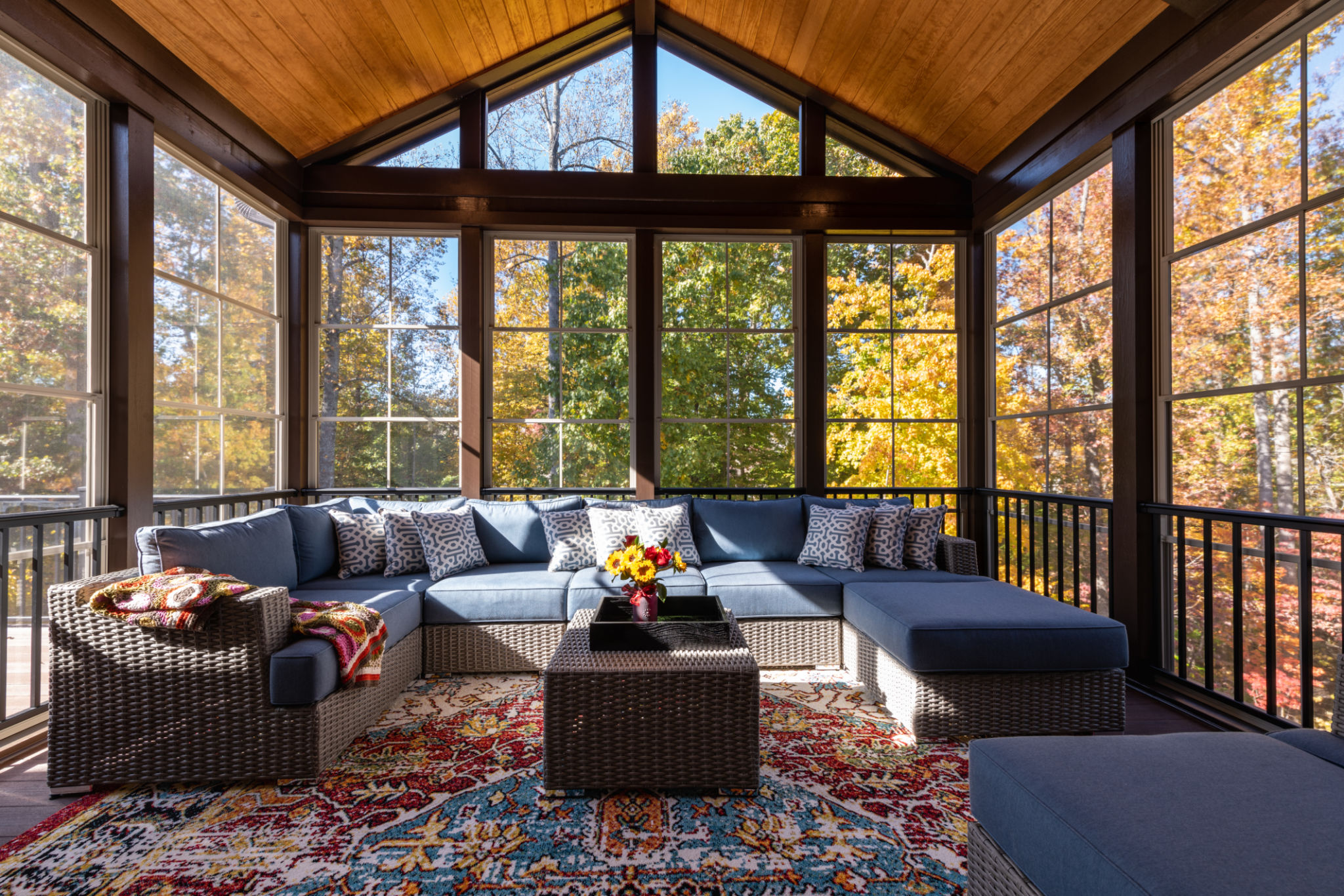Case Study: Transforming a Heritage Home in Victoria with Modern Renovations
SK
Introduction
Transforming a heritage home can be a daunting yet rewarding challenge. These historical structures carry unique architectural features and a distinct charm, but they often require significant updates to meet modern living standards. In this case study, we explore the transformation of a heritage home in Victoria that seamlessly blends old-world elegance with contemporary comfort.

Understanding the Heritage Home
The heritage home in question was built in the early 1900s, showcasing classic Victorian architecture. Its original features included intricate woodwork, high ceilings, and vintage stained glass windows. However, like many homes of its era, it lacked the modern conveniences and efficiency required for today's lifestyle.
Before embarking on renovations, it was crucial to understand and respect the historical significance of the property. This involved researching its history, consulting with heritage experts, and adhering to local preservation guidelines to ensure that the home's character remained intact while updating its functionality.
Preservation and Modernization
The primary goal of the renovation was to preserve the home's original charm while integrating modern amenities. This delicate balance required meticulous planning and execution. The design team focused on several key areas:
- Structural Integrity: Ensuring the foundation and framework were sound to support new additions.
- Energy Efficiency: Upgrading insulation, windows, and HVAC systems to reduce energy consumption.
- Modern Amenities: Installing contemporary kitchens and bathrooms without compromising historical aesthetics.

Design and Aesthetic Choices
The design team worked tirelessly to integrate modern elements that complemented the home's historical features. They opted for a neutral color palette to enhance the natural light while maintaining visual harmony with existing woodwork and fixtures. Modern light fixtures were selected to offer efficient lighting solutions without clashing with the vintage style.
In the kitchen, sleek cabinetry and state-of-the-art appliances were installed alongside restored original features such as a vintage pantry and refurbished wooden floors. This blend of old and new created a space that was both functional and visually appealing.
The Role of Technology
Incorporating smart home technology was another critical aspect of the renovation. By integrating smart thermostats, security systems, and lighting controls, the homeowners achieved greater convenience and efficiency. These upgrades were carefully selected to ensure they complemented the home's aesthetic without detracting from its historical charm.

Challenges and Solutions
Throughout the renovation process, several challenges arose, primarily due to the age of the home. Unforeseen structural issues required creative problem-solving by the construction team. Additionally, sourcing materials that matched the original design proved difficult but essential for maintaining authenticity.
The team overcame these challenges by working closely with local artisans and suppliers who specialized in heritage restoration. This collaboration ensured that every aspect of the renovation met both aesthetic and functional requirements.
Conclusion
The transformation of this heritage home in Victoria stands as a testament to the potential of blending historical integrity with modern innovation. By respecting the past while embracing contemporary advancements, the homeowners achieved a living space that honors its origins while offering all the conveniences of modern life.
This case study serves as an inspiration for those looking to renovate their own heritage properties, demonstrating that with careful planning and execution, it's possible to preserve history while creating a comfortable and efficient home for the future.
